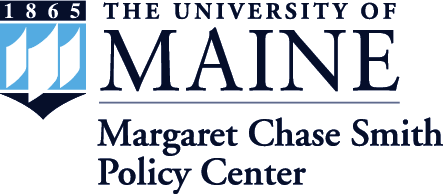Abstract
"Working Waterfront" conjures images of the Portland Fish Exchange, Belfast shipyards, or wharves and piers in Stonington. Ensuring that such sites continue as essential elements of Maine's marine economy is increasingly the focus of innovative action and policy development. But policies to address Maine's working waterfronts must also attend to waterfront access required by those who reach it on foot. Such access rights are rarely conferred by private ownership. Instead, they depend on public ownership and, more frequently, on informal social arrangements between harvesters and property owners. In this article, we describe the nature of the shore access needed by on-foot harvesters, the contribution such harvesting makes to communities, and why walk-in access is disappearing. Drawing upon emerging initiatives by municipalities, nonprofit organizations, regional associations, and state government, we suggest actions and policies to help sustain on-foot waterfront access.
First page
100
Last page
103
Rights and Access Note
This Item is protected by copyright and/or related rights. You are free to use this Item in any way that is permitted by the copyright and related rights legislation that applies to your use. In addition, no permission is required from the rights-holder(s) for non-commercial uses. For other uses you need to obtain permission from the rights-holder(s).
DOI
https://doi.org/10.53558/SFEB6527
Recommended Citation
Zoellick, Bill, Pauline V. Angione, Emily Farr, Ada Fisher, Jessica G. Joyce, B Lauer, Marissa McMahan Ph.D., Michael Pinkham, and Vicki Rea. "Getting to the Shore on Foot: Sustaining Harvester Access." Maine Policy Review 32.2 (2023) : 100 -103, https://digitalcommons.library.umaine.edu/mpr/vol32/iss2/16.
Creative Commons License

This work is licensed under a Creative Commons Attribution-NonCommercial-No Derivative Works 4.0 International License.
Included in
Land Use Law Commons, Legislation Commons, Property Law and Real Estate Commons, State and Local Government Law Commons
